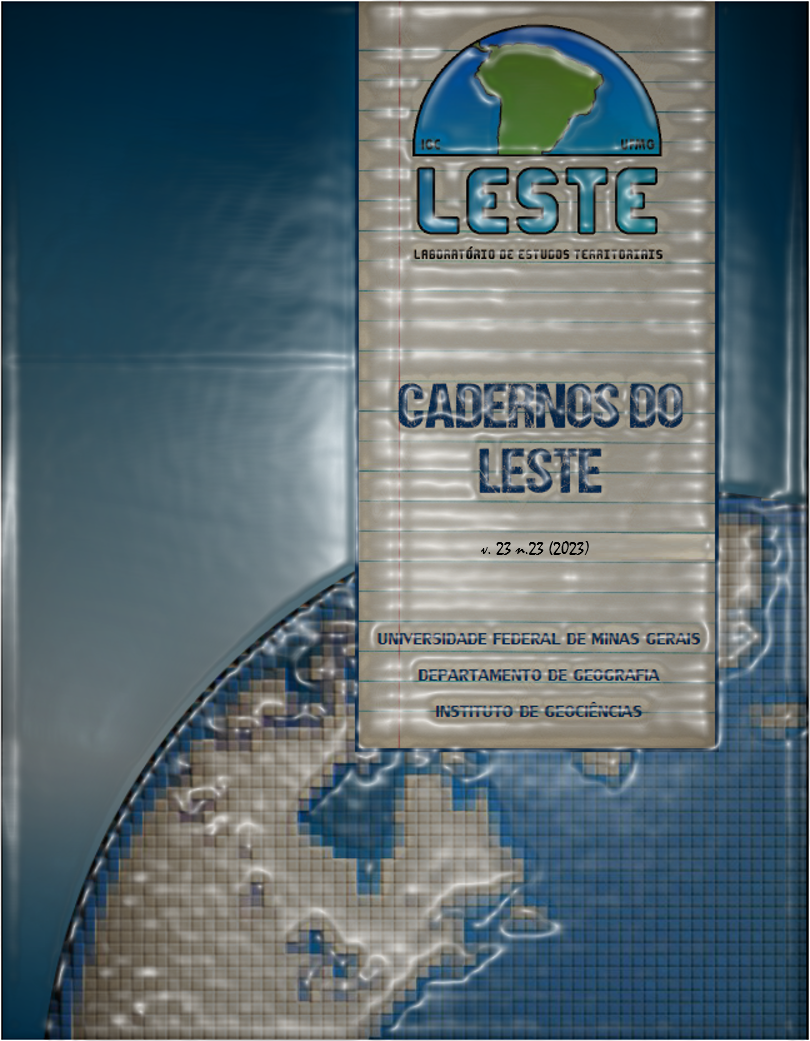A dinâmica da segregação socioespacial no município de Belo Horizonte, a partir da teoria crítica: uma aplicação da modelagem por equações estruturais
DOI:
https://doi.org/10.29327/249218.23.23-5Abstract
While the city is seen as a combination of development, innovation and modernity, it also reveals social disparities related to spatial segregation. Precarious housing, lack of basic sanitation, salary differences and income concentration are characteristic elements of urban spaces that form deep-rooted socio-spatial segregation. The analyzes that will follow will be guided by critical social theory, which suggests that the spaces occupied by the richest social classes have the capacity to organize the spaces around them, meeting their own social, economic and political demands. Furthermore, this theory will have Structural Equation Modeling (SEM) as an analysis tool, which aims to confirm the proposed critical theoretical structure, through statistical analyses, mainly Confirmatory Factor Analysis (CFA). The results proved to be in line with the theory, in addition to revealing that income concentration is an index that should not be restricted to determining the proportion of inequality and poverty.







